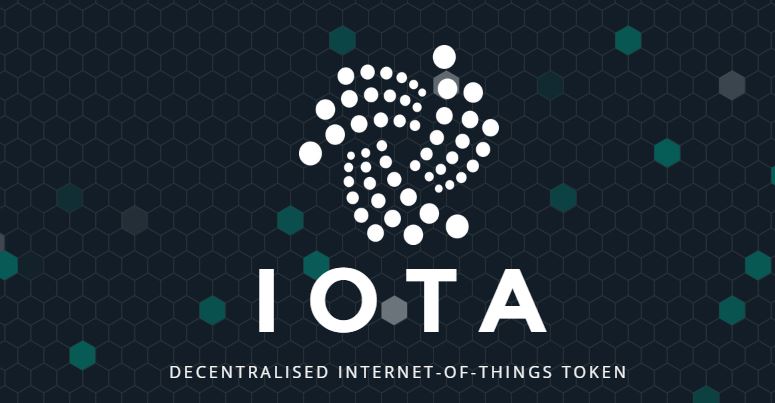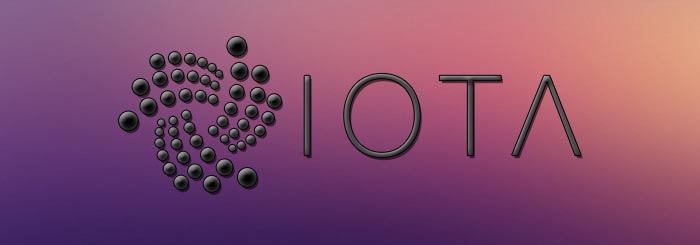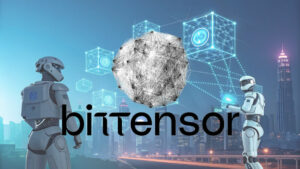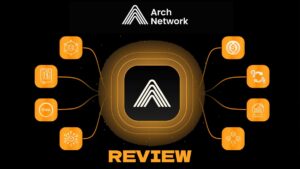In the middle of the fluctuations that Bitcoin has experienced with its price and how this has affected several Altcoins, this time we will talk about IOTA, one of the fastest growing cryptocurrencies with an enthusiastic community of followers.
However, it is also one of the most criticized cryptocurrencies and not without reason, but let’s see more details.
IOTA, in the eyes of not a few experts, makes a promise that most consider unrecoverable, and makes design decisions that may seem strange, even extravagant to outsiders.
The promise is as follows: The Internet of Things (IoT) will soon be made up of 20 or 30 or 80 billion devices, all online.
IOTA will be the backbone of this economy of these machines: the platform that allows things to receive and transfer money and data.
Because IOTA can, in theory, scale “almost infinitely” thanks to its “Tangle” network structure. In any case, it claims to scale significantly better than blockchain-based cryptocurrencies. It is not whatever thing that ensures.
Anyone who has a glimpse of the scalability of Bitcoin and Ethereum knows that this promise of high scalability is bold, to say the least.
The technical core of IOTA eliminates the blocks and, therefore, the latency that arises when the blocks are distributed through the network.
Blocks are always groups of data. At the same time, IOTA creates “snapshot” calls through “Milestones”, through which nodes can discard all transactions that took place before the snapshots. This saves hard disk space and facilitates the start of a new node.
Other factors on the scale apparently do not improve. Bandwidth, CPU and memory are still limiting factors.
These are the same limitations, if not more restrictive, that are also found in blockchains.
As a result, many distrust the IOTA promise. Several design decisions in IOTA aggravate this mistrust: First, IOTA uses a post-quantum cryptography algorithm. Not bad, but this innovation increases the size of transactions almost ten times. It is highly counterproductive if what you want is scalability.
On the other hand, IOTA has neither mining rewards nor transaction fees. The system does not provide a reward for “honest” network nodes. And that is one of Bitcoin’s key innovations.
In addition, IOTA uses a ternary system instead of binary. The developers are convinced that this is correct, but many doubt it because the current software infrastructure is based on binary systems. It does not necessarily make life easier with a ternary system.
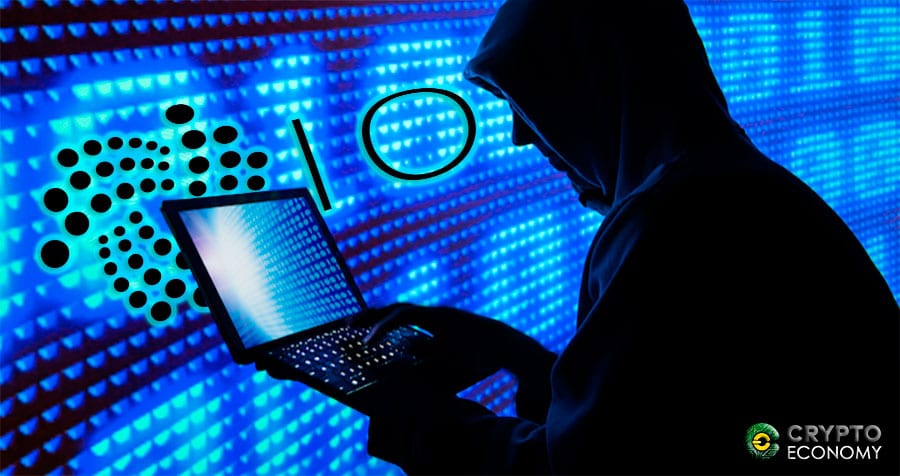
IOTA is first and foremost an experimental technology. Both its developers and the community around it firmly believe that the IOTA concept will scale better than blockchain. But they also realize that everything is still very beta.
Neither Bitcoin nor Ethereum are as “beta” as IOTA at this time. And no other cryptocurrency does things as differently as IOTA, which almost reinvents cryptocurrencies and leaves no stone unturned in the understanding of cryptography.
Clearly, the high price of IOTA is a blessing for the community. But when it comes to leading IOTA through difficult waters, it can be terrible.
Bitcoin and Ethereum are, of course, also beta, and every cryptocurrency with a vision to improve is. But IOTA is much more incipient than those two. Currently, the system can not do what it promises to do.
But the solutions are already planned for each problem. Some of these things are already in alpha mode and are tested live on the network, others are planned for the future. The pace of new innovations presented by IOTA developers is high. At the end of 2017, the new client was launched and, according to community reports, IOTA has since functioned very well.
In any case, a technology in development and growth as IOTA will always have positive things to contribute.
If you are interested in this project and want to be informed of everything that happens, visit our IOTA News section


